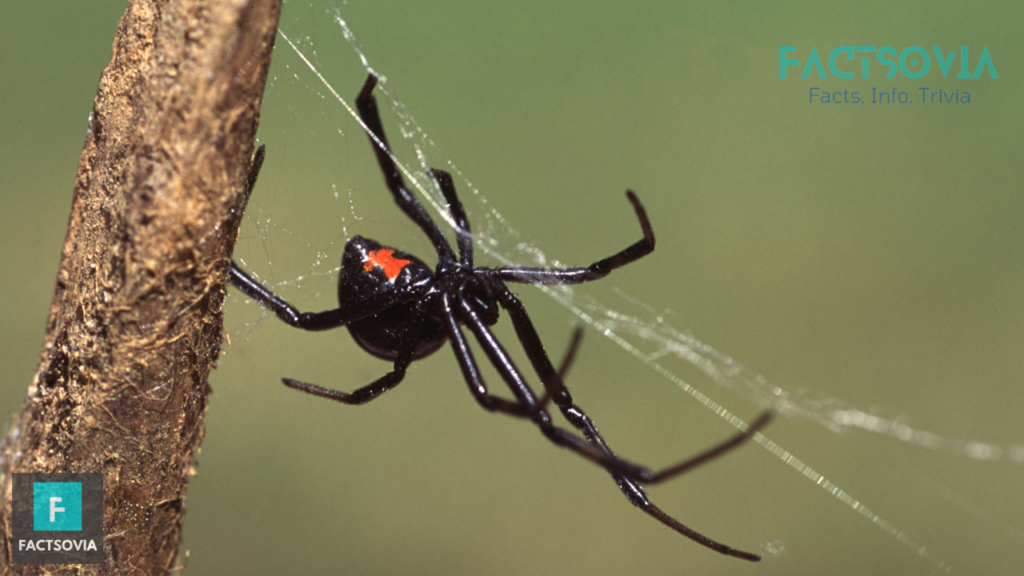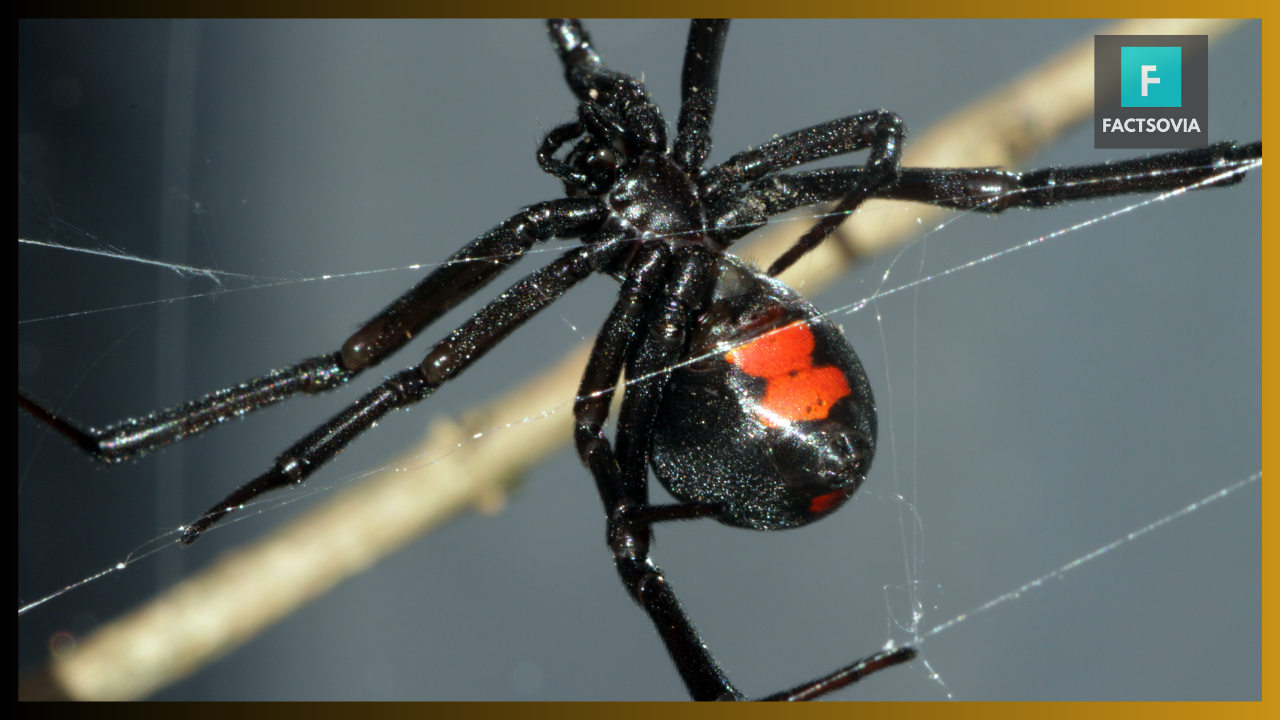We use affiliate links to run our site. When you buy through links on our site, we may earn an affiliate commission, without any added cost to you. Learn more
Black widow spiders are notorious for their deadly venom and striking appearance. They belong to the Latrodectus genus, and there are several species of black widow spiders.
In this article, we will discuss where a black widow lives, its habitat preferences, adaptations, and the threats it faces.
About Black Widow Spider:
The black widow spider is one of the most recognizable spiders in the world, known for its shiny black body and red hourglass-shaped marking on its abdomen.
These spiders have a reputation for being dangerous due to their potent neurotoxin venom.
The black widow is native to North America, but they have also been introduced to other parts of the world.
Different Species
There are five species of black widow spiders in North America, including the southern black widow, the western black widow, the northern black widow, the brown widow, and the red widow.
All these species have similar physical characteristics, and they all have venomous bites. However, the southern black widow is the most common and dangerous species.
Geographical Range
Black widow spiders are found throughout North America, from Canada to Mexico. They are also found in many other parts of the world, including Europe, Asia, and Australia.
Black widows prefer warm, dry climates and can often be found in deserts, fields, and forests.
Habitat Preferences
Black widows prefer to live in dark, quiet places that are undisturbed by humans. They are commonly found in woodpiles, abandoned buildings, and other dark, enclosed spaces. Black widows are most active at night and prefer to spend their days hiding in their webs.

Factors Affecting Their Survival
There are several factors that can affect the survival of black widow spiders. These factors include temperature, humidity, and availability of prey.
Black widows are also susceptible to predation by birds, lizards, and other animals. In addition, they can be affected by pesticides and other environmental toxins.
Threats to the Populations
Black widow populations are threatened by habitat loss, pesticide use, and climate change. As humans continue to encroach on natural habitats, black widows are losing their homes.
Pesticides used in agriculture and pest control can also kill black widows and other beneficial insects. Climate change is also affecting black widow populations, as it alters the habitats in which they live.
Adaptations:
Black widow spiders have several adaptations that help them survive in their environments. One of the most notable adaptations is their venom, which they use to immobilize prey and defend themselves.
Black widows also have strong, flexible webs that allow them to capture prey and protect themselves from predators.
In addition, black widows are nocturnal, which helps them avoid predators and conserve energy.
Interaction with Humans:
Black widow spiders are generally shy and try to avoid human contact. However, they can bite if they feel threatened.
Black widow bites can be dangerous and cause symptoms such as pain, muscle cramps, and nausea. In rare cases, a black widow bite can be fatal.
If you encounter a black widow, it is best to leave it alone and call a pest control professional if necessary.
In Popular Culture
Black widow spiders have been a popular subject in movies, books, and other forms of media.
They are often portrayed as dangerous and deadly creatures, which has contributed to their reputation as menacing spiders.
The black widow is also a popular Halloween costume and decoration, with its striking black and red coloration.
Conclusion
Black widow spiders are fascinating creatures with unique adaptations and a reputation for being dangerous.
They are found throughout North America and prefer to live in dark, enclosed spaces. Black widows face several threats including habitat loss, pesticides, and climate change.
Despite their reputation, black widows generally try to avoid human contact, but it is best to leave them alone if encountered. It is important to respect these spiders and their role in the ecosystem.
Frequently Asked Questions (FAQs):
What should I do if I find a black widow in my home?
If you find a black widow in your home, it is best to call a pest control professional to safely remove it.
Are all black widows venomous?
Yes, all species of black widow spiders have venomous bites.
How can I tell if a spider is a black widow?
Black widows are typically shiny black with a red hourglass marking on their abdomen. However, not all black spiders with a red marking are black widows, so it is best to consult an expert for proper identification.
Can black widow bites be fatal?
While black widow bites can be dangerous and cause symptoms such as pain and nausea, they are rarely fatal. However, children, the elderly, and those with weakened immune systems are at a higher risk of severe symptoms.
Amazon and the Amazon logo are trademarks of Amazon.com, Inc, or its affiliates.
